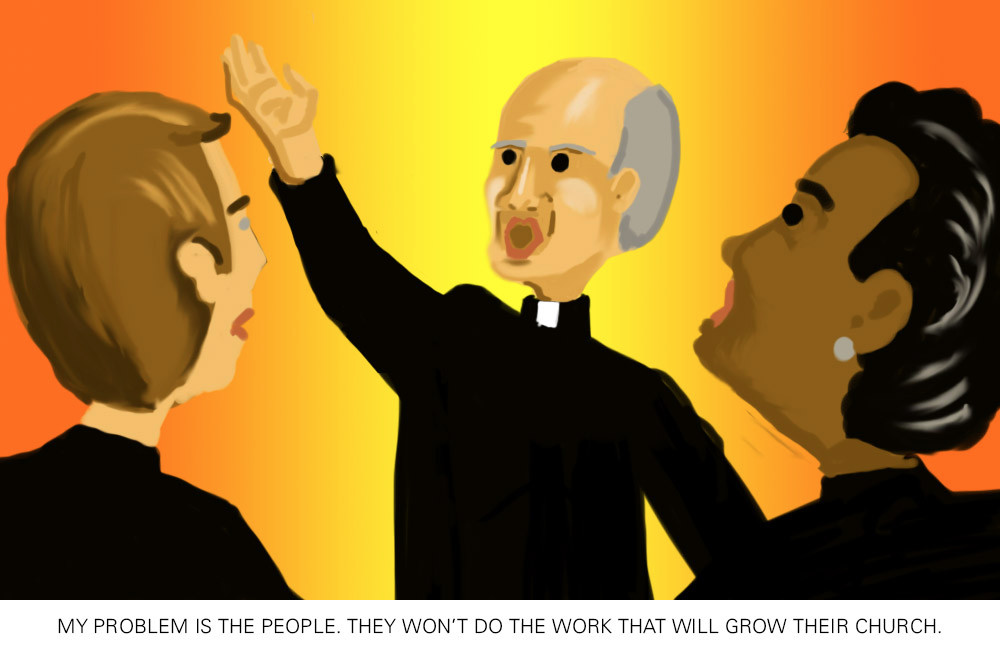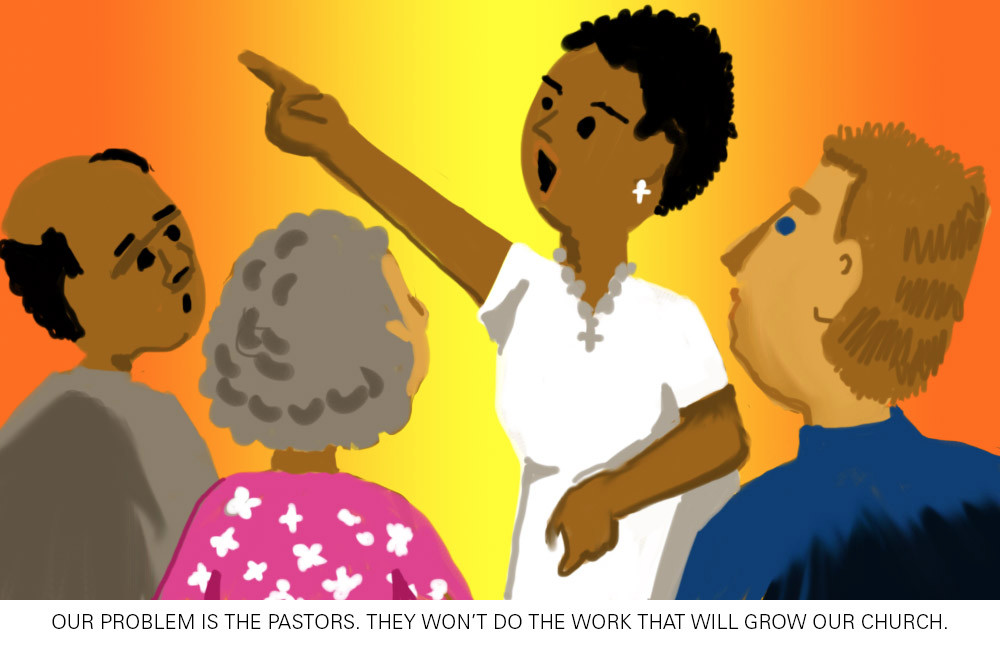Creating A Tribe for Lay Leaders
Every creative knows the feeling.
You are working on that story, sculpture, dance move, or painting. Suddenly, time means nothing. The art consumes you. You no longer care about eating or sleeping.
You are living in the artistic “zone.” It’s scary. And you are loving it. You know how hard it was to get here. You don’t want to leave. You might never get here again.
Artists enjoy being with people who understand. They form colonies. The modern word for this is “tribe.” Members of the colony or tribe understand that when you enter the zone, you won’t show up for breakfast. You’ll grab dry Cheerios from the box. You won’t stop to sleep or shower. You won’t answer that text.
For many lay people, church work becomes such a passion. Something grabs us, pulls us in. The call? Or does that happen only to pastors?
Church volunteers show up week after week. We work as hard for 30 people as we would for 330. We don’t stop to count. Every idea we hear during our secular week is transformed. “How can this help my church?” We live in the “zone.” The best the world can do (even the Church world) is to categorize us as somewhat “nuts.”
We know we could be making money doing something else—and that should be our motivation, right?
The Church counts on us. But it does little to support us. We are treated as unpaid employees. It is our job to sacrifice. We are expected to answer to all kinds of authority—the people, the pastor, the Bible (selected verses), even the public. Yet, we can work for decades and never be seen as knowledgeable or skilled.
The Church knows we will keep saying “yes.”
The Church probably doesn’t understand us. They mistake our loyalties. Our work is appreciated until there is conflict. Then they look for personal motives — We like the attention. We like power. Power? We’re making up for some inadequacy.
Nah! We’re in the zone.
Where do church volunteers go for understanding and support? Where do we find that sense of tribe? We are isolated and dedicated in our own congregations—many of them small.
2×2 understands. It is love—the biblical kind—that sweeps us off our feet. We are here to help.








